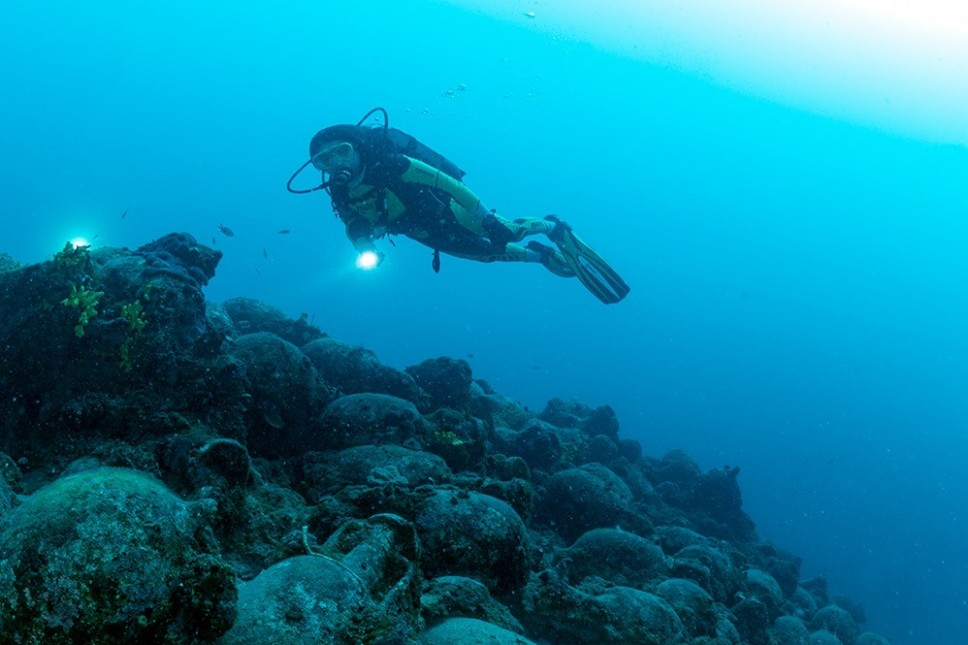The conference "Future of the Adriatic Past - Challenges of the Adriatics Underwater Cultural Heritage for Sustainable Tourism Development," which will take place on April 23rd at Hotel Cattaro in Kotor, will present the most significant projects for managing the underwater cultural heritage of the Adriatic Sea. Among the projects from Italy, Albania, Montenegro, Slovenia, and Croatia, a project that received the UNESCO award for best practice stands out.
At the conference, diving tourism expert Vedran Dorušić and renowned Croatian underwater archaeologist Irena Radić Rossi will present the Straton project and the Letavica site near the island of Pag, for which they received the UNESCO award for best practice in underwater archaeology. "This recognition represents the result of years of work on the project and shows that we have continued to systematically research and discover exceptionally beautiful things," said Dorušić.
The UNESCO recognition, which singled out the Letavica site as an example of best practice in underwater heritage, is both a reward for past work and an encouragement for future archaeological research and care for valuable sites in the Adriatic seabed.
In the depths around the island of Pag, near Cape Letavica, there is an exceptionally valuable and intriguing archaeological site - an ancient shipwreck, which is abundant with more than 400 discovered amphorae. What makes it particularly significant and attractive, as scientists emphasize, is that, unlike the usual practice, a protective iron cage has not been installed at this site. The discovery of this site dates back to 2018 when Vedran Dorušić stumbled upon it entirely by chance during his regular underwater activities. "At a depth of 32 to 38 meters, we expanded our research this year. We had the pleasure of working with a large group of volunteers and divers who generously shared their knowledge and experience with us," said Dorušić. The ancient merchant ship was approximately 30 meters long and sailed the Adriatic during the 1st century BC. "This ship dates back to the 1st century BC, and we know this because we found amphorae of the lamboglia2 type, which are common in Croatian waters. Also, we assume that the ship sank during a strong storm while trying to maintain its position, which suggests the position of the thrown anchor," explained Professor Irena Radić Rossi from the Department of Underwater Archaeology at the University of Zadar.
The conference "Future of the Adriatic Past - Challenges of the Adriatics Underwater Cultural Heritage for Sustainable Tourism Development" is being held as part of the project "Capitalization through the transfer of the WRECKS4ALL model to new territories for the protection of underwater heritage through its digitization and valorization as a new tourist offer" WRECKS4ALL 2.0, which is co-financed by the Interreg IPA South Adriatic, a cross-border cooperation program also co-financed by the European Union through the Instrument for Pre-accession Assistance (IPA III).
The University of Montenegro is the leading partner on the project, and the project is implemented by the Laboratory for Maritime Archaeology, Faculty of Maritime Studies in Kotor. Project partners are University of Salento and Municipality of Campomarino from Italy and Municipality of Vlora from Albania.
Fotografija: Danijel Frka, Straton projekat


